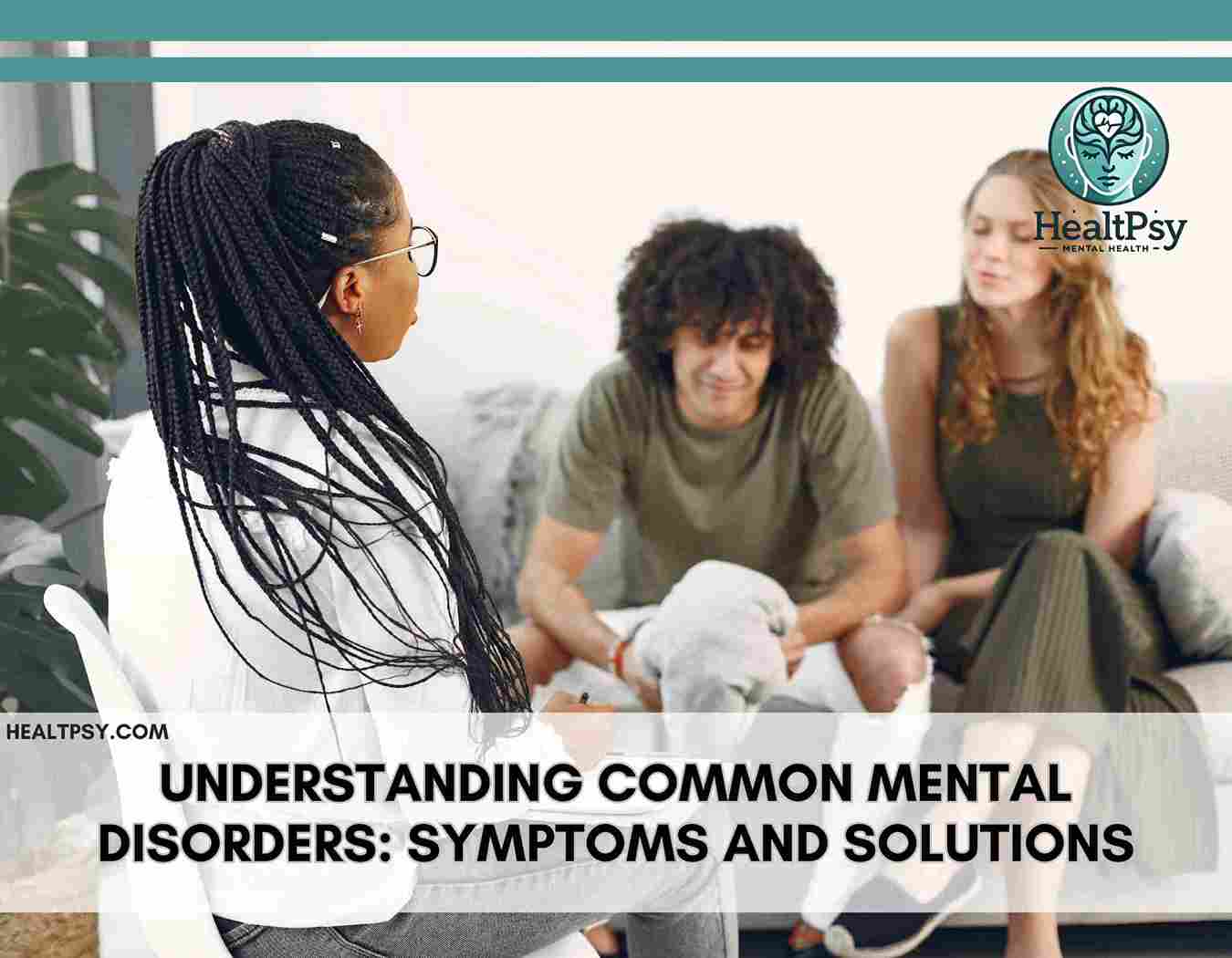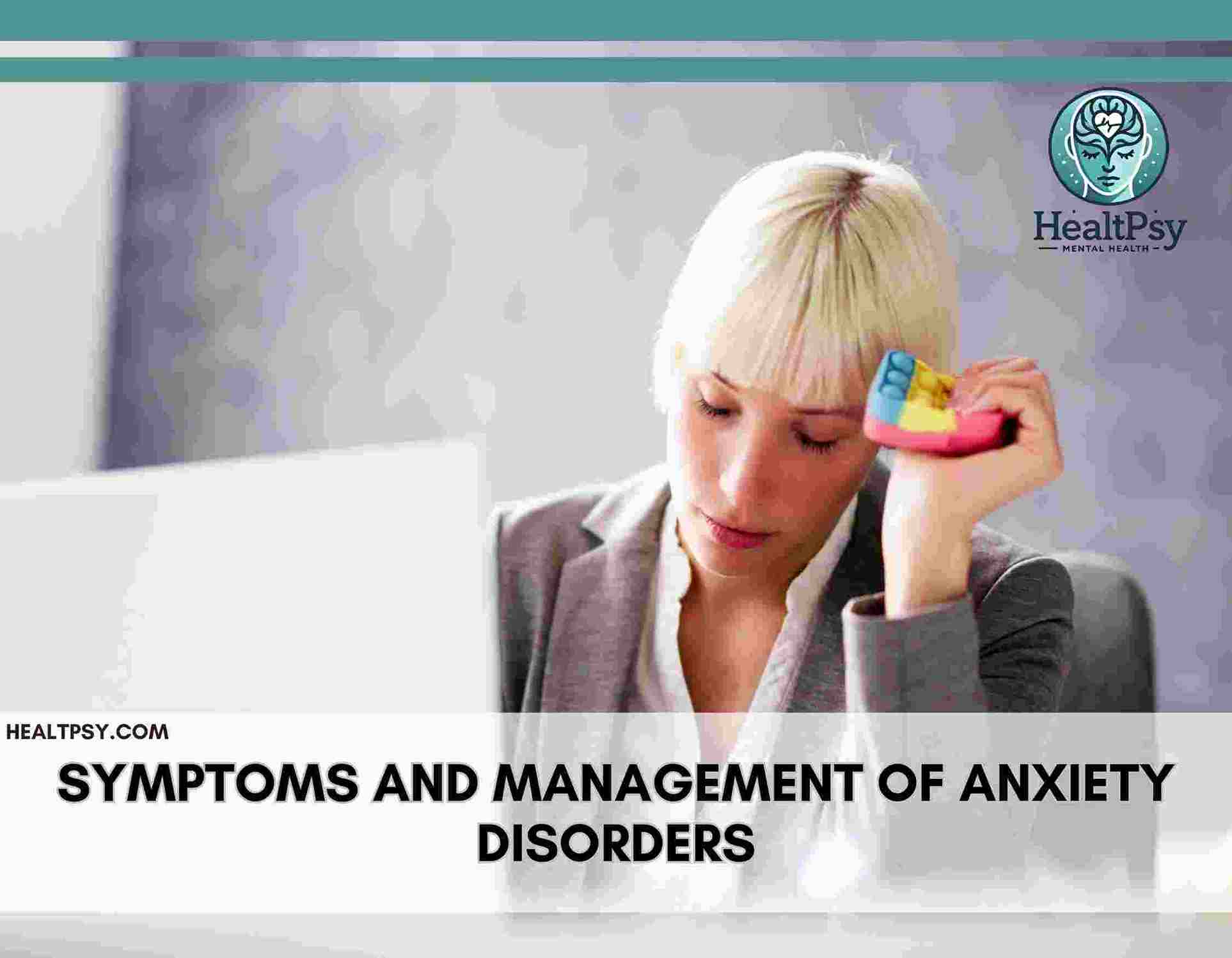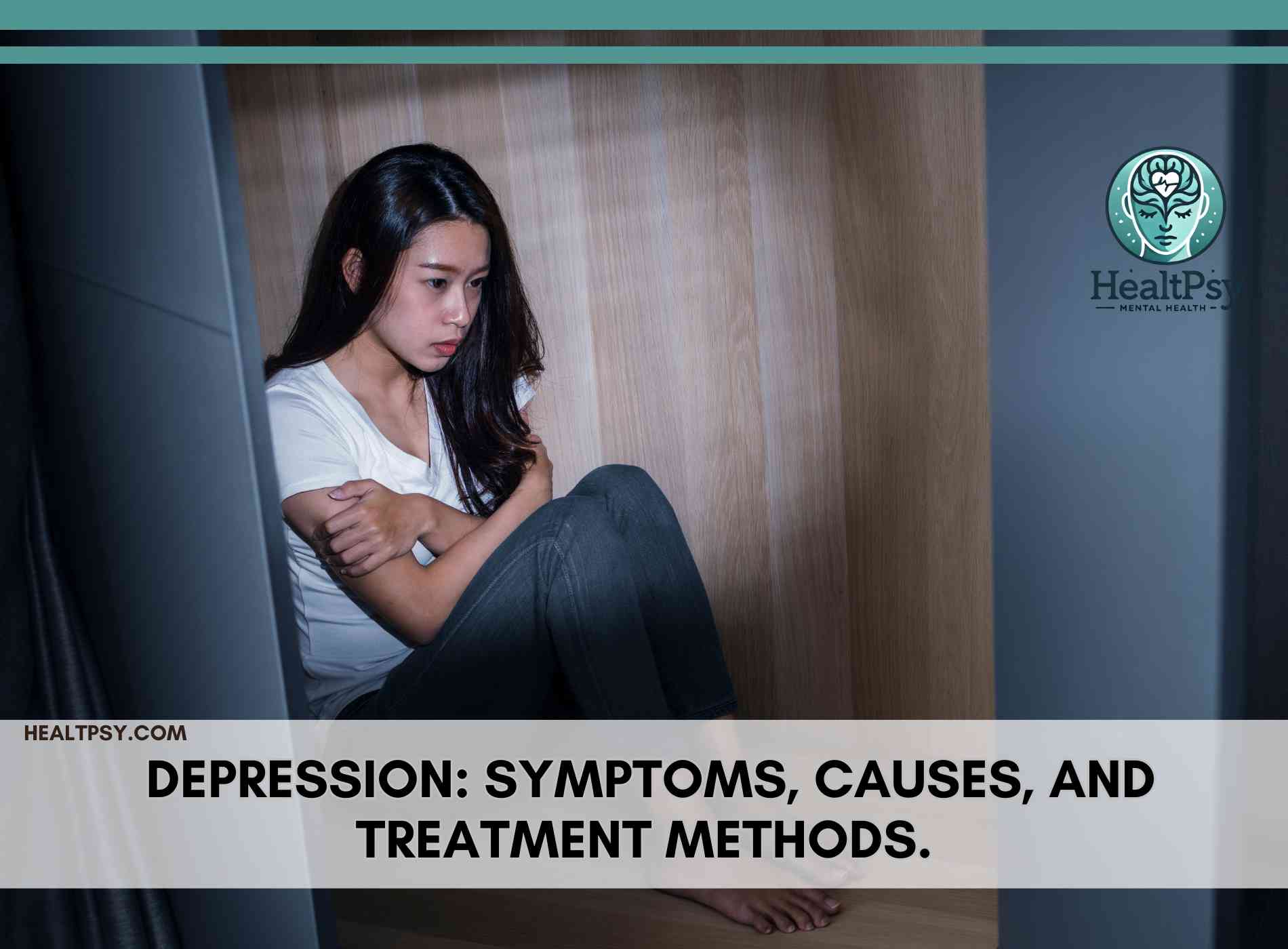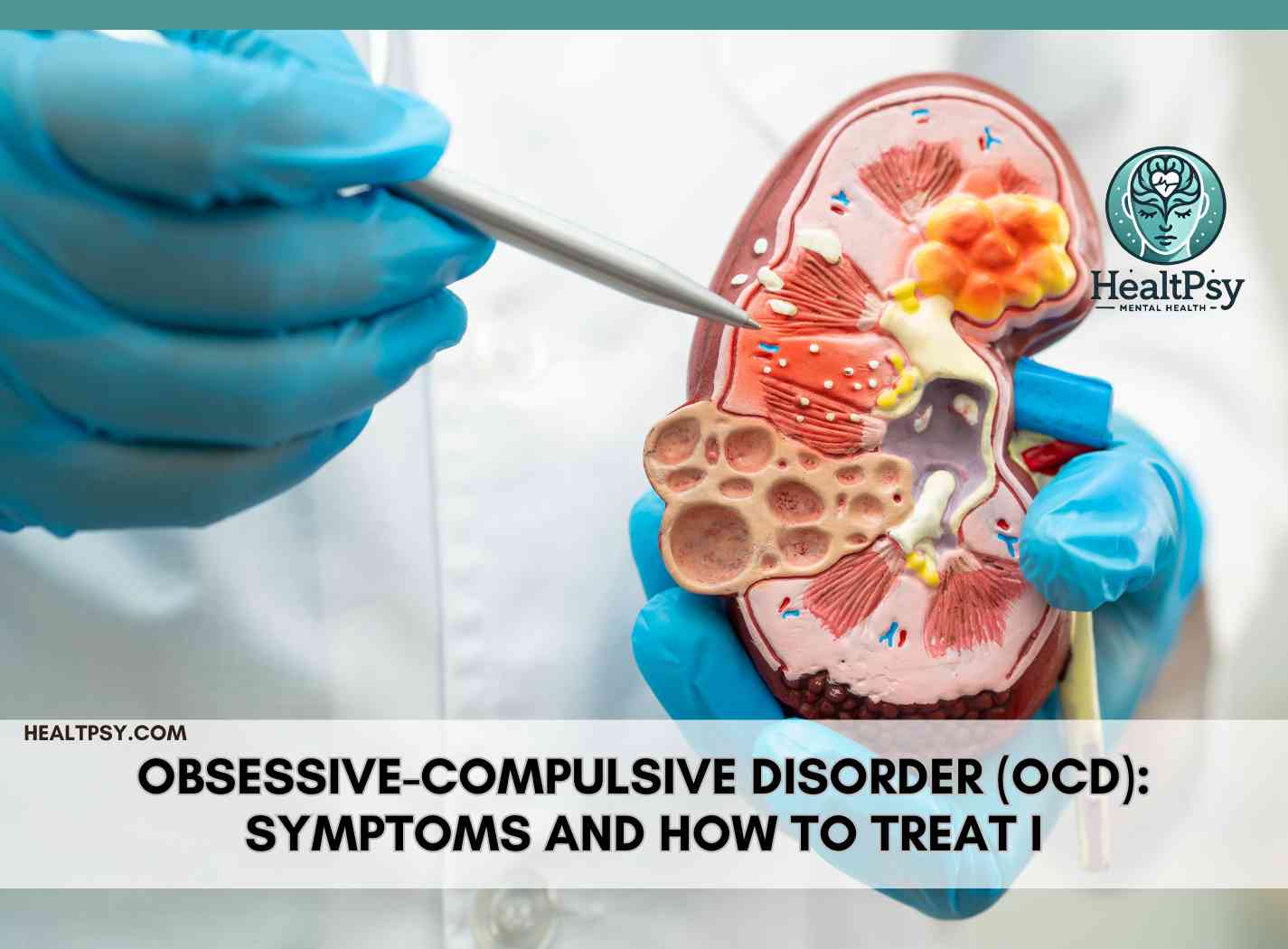10 Causes and Treatments of Eating Disorders (Bulimia & Anorexia)
Introduction
Eating disorders, such as bulimia nervosa and anorexia nervosa, are severe mental health conditions that affect both physical and emotional well-being. These disorders can have life-threatening consequences if left untreated. Understanding their causes and treatment options is essential for early intervention and recovery.
What Are Eating Disorders?
Eating disorders are complex mental health conditions characterized by disturbed eating habits, extreme concerns about body weight and shape, and unhealthy coping mechanisms. Among the most common are:
- Bulimia Nervosa: Characterized by binge eating followed by purging (vomiting, excessive exercise, or laxative use).
- Anorexia Nervosa: Marked by extreme food restriction, intense fear of gaining weight, and distorted body image.
10 Causes of Eating Disorders
The exact causes of eating disorders vary, but a combination of biological, psychological, and environmental factors contributes to their development. Here are 10 major causes:
1. Genetic Factors
Research suggests that individuals with a family history of eating disorders are at a higher risk of developing them due to inherited traits related to anxiety, perfectionism, and obsessive behaviors.
2. Brain Chemistry and Hormonal Imbalances
Studies indicate that serotonin and dopamine imbalances in the brain can influence eating behaviors and mood regulation, increasing vulnerability to disorders like bulimia and anorexia.
3. Societal and Media Influence
Unrealistic beauty standards promoted by social media, fashion industries, and advertising create pressure to maintain an idealized body image, contributing to disordered eating behaviors.
4. Psychological Factors
Low self-esteem, anxiety, depression, and obsessive-compulsive tendencies are commonly linked to eating disorders. Many individuals use disordered eating as a coping mechanism for emotional distress.
5. Childhood Trauma and Abuse
Experiences such as emotional neglect, bullying, physical or sexual abuse can lead to an increased risk of developing eating disorders as a means of regaining control over one’s body.
10 Treatment Approaches for Eating Disorders
Treatment for eating disorders requires a multidisciplinary approach, including medical, psychological, and nutritional interventions. Here are 10 effective treatment methods:
1. Cognitive-Behavioral Therapy (CBT)
CBT is one of the most effective treatments for bulimia and anorexia, helping individuals recognize negative thought patterns and develop healthier coping strategies. Learn more.
2. Nutritional Counseling
Working with a registered dietitian helps individuals establish balanced eating habits, correct nutritional deficiencies, and develop a healthy relationship with food.
3. Medication Therapy
Selective serotonin reuptake inhibitors (SSRIs), such as fluoxetine, are commonly prescribed for bulimia to help regulate mood and reduce binge-purge cycles.
4. Family-Based Therapy (FBT)
FBT is particularly effective for adolescents, involving family members in the recovery process to provide support and guidance.
5. Mindfulness and Stress Management
Practices such as meditation, yoga, and deep breathing exercises can help individuals develop greater self-awareness and reduce emotional eating. Learn more.
6. Hospitalization or Residential Treatment
For severe cases of anorexia or bulimia, hospitalization or inpatient treatment programs may be necessary to stabilize health and ensure structured recovery.
7. Support Groups and Peer Counseling
Engaging in eating disorder support groups provides a sense of community and shared experiences, reducing feelings of isolation and shame.
8. Art and Expressive Therapy
Creative therapies such as art, music, or dance therapy help individuals express emotions non-verbally and build self-confidence.
9. Addressing Underlying Psychological Issues
Therapies targeting trauma, depression, and anxiety are crucial in preventing relapses and ensuring long-term recovery.
10. Lifestyle and Behavioral Changes
Encouraging healthy habits, such as regular physical activity, balanced meals, and self-care practices, supports long-term recovery from eating disorders.
Resources
- Headspace – Guided Mindfulness Meditations
- Calm – Mindfulness and Sleep Tools
- American Psychological Association (APA) – Mindfulness Research
Conclusion
Eating disorders like bulimia and anorexia are serious but treatable conditions. Recognizing their causes and seeking the right treatment early can significantly improve outcomes. A combination of therapy, medical intervention, family support, and self-care is essential for lasting recovery. If you or someone you know is struggling, seeking professional help is the first step toward healing.
you might also like





